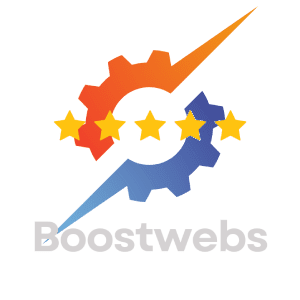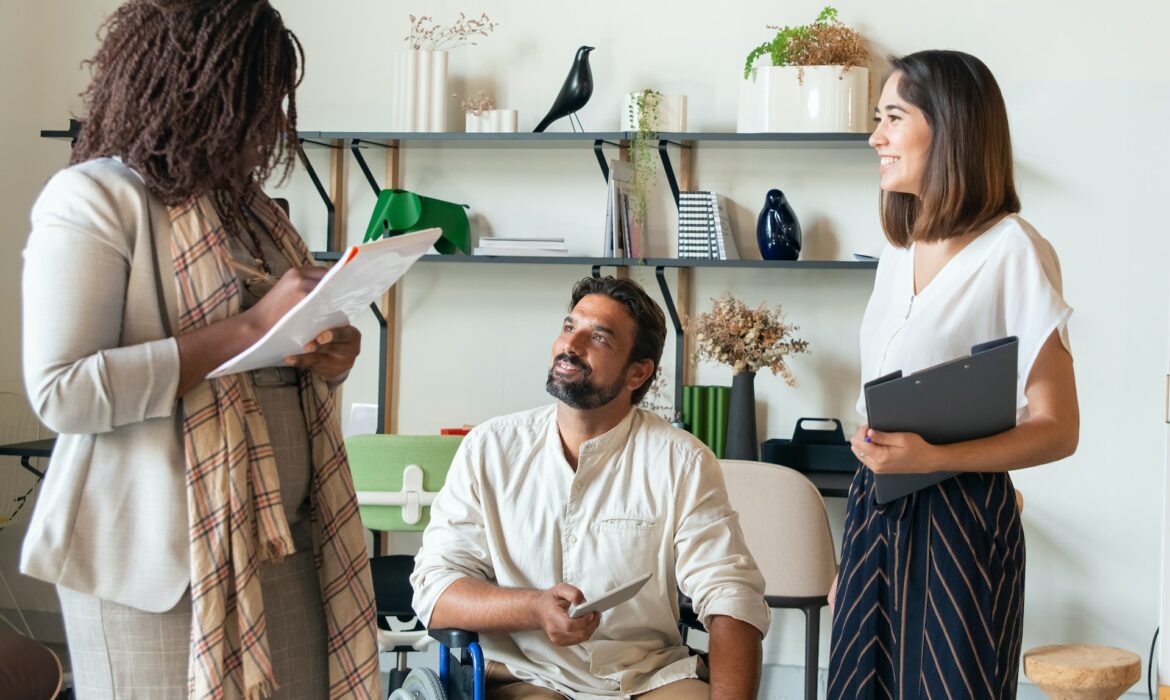In today's world, it is essential to ensure that your business website is accessible to all users in order to provide a positive user experience and reach the widest audience. Accessible design not only benefits people with disabilities, but it also improves usability and overall functionality for everyone - while protecting you and your business from costly legal disputes.
What is meant by accessibility?
Accessibility in web design refers to designing websites that can be used by people with disabilities such as visual, hearing, mobility or cognitive impairments. A truly accessible website should be able to support assistive technologies such as screen readers, voice recognition software and alternative input devices.
Why is your website accessibility important?
An accessible website allows people of different abilities full access to your company's information, products and services from your website. In 2019, there were over one billion people worldwide with some form of disability. By designing an accessible website, you ensure that this often forgotten segment of the population can access your content, products and services. As companies increasingly move their day-to-day activities online, accessible websites have become increasingly important.
Design with accessibility in mind
Creating an accessible website starts with understanding the needs of users with disabilities. Here are some best practices for creating an accessible website for your business:
- Start with meaningful HTML: Meaningful HTML uses descriptive tags that help screen readers interpret the content more accurately. The use of meaningful tags like <h1>, <h2>, <p>, <section>, <article>, <nav> etc. makes it easier for screen readers to help disabled users navigate the content of your website.
- Use alt text for images: Alternative text (alt text) provides a textual description of images on a web page. Screen readers use alt text to describe what an image represents. Therefore, it is important to include alt text for accessibility.
- Choose colors carefully: Color contrast is crucial for users with limited vision or color blindness. Choose high contrast colors between text and background elements to ensure text is easy to read.
- Make sure your website is navigable using the keyboard: Some users rely on keyboards for navigation instead of a mouse. Make sure your website is keyboard navigable by allowing users to use the tab key and providing clear instructions.
- Use descriptive links: When creating links, it is important to ensure that they are descriptive and give users a clear idea of where the link leads. Avoid general phrases like “click here.”
- Provide subtitles for videos and audio: Subtitles are essential for people who are hard of hearing or deaf. Providing closed captions or transcripts for video and audio content increases accessibility for these users.
- Test your website with assistive technologies: Testing your website with assistive technologies such as screen readers, magnification software, and speech recognition software can reveal accessibility weaknesses.
Finally
Designing with accessibility in mind is crucial to creating a positive user experience on your website while ensuring inclusivity for all users, regardless of their abilities. By incorporating best practices such as strong HTML, image alt text, accessible color contrast, keyboard navigation, descriptive links, closed captioning for videos and audio, and assistive technology testing, you can create a website that is easy for everyone to use.
Remember:
- Not all disabilities are visible.
- Designing an accessible website doesn’t have to be complicated.
- Accessible design benefits everyone.
- An accessible website improves usability across different devices.
- Accessibility as part of the design process isn't just good practice - it's the right thing to do.
If you have any questions or concerns, please do not hesitate to contact us. We offer free design and marketing consultations and are happy to help you avoid the most common pitfalls when choosing the right designer for your business.
Thanks for reading and good luck on your business journey!




